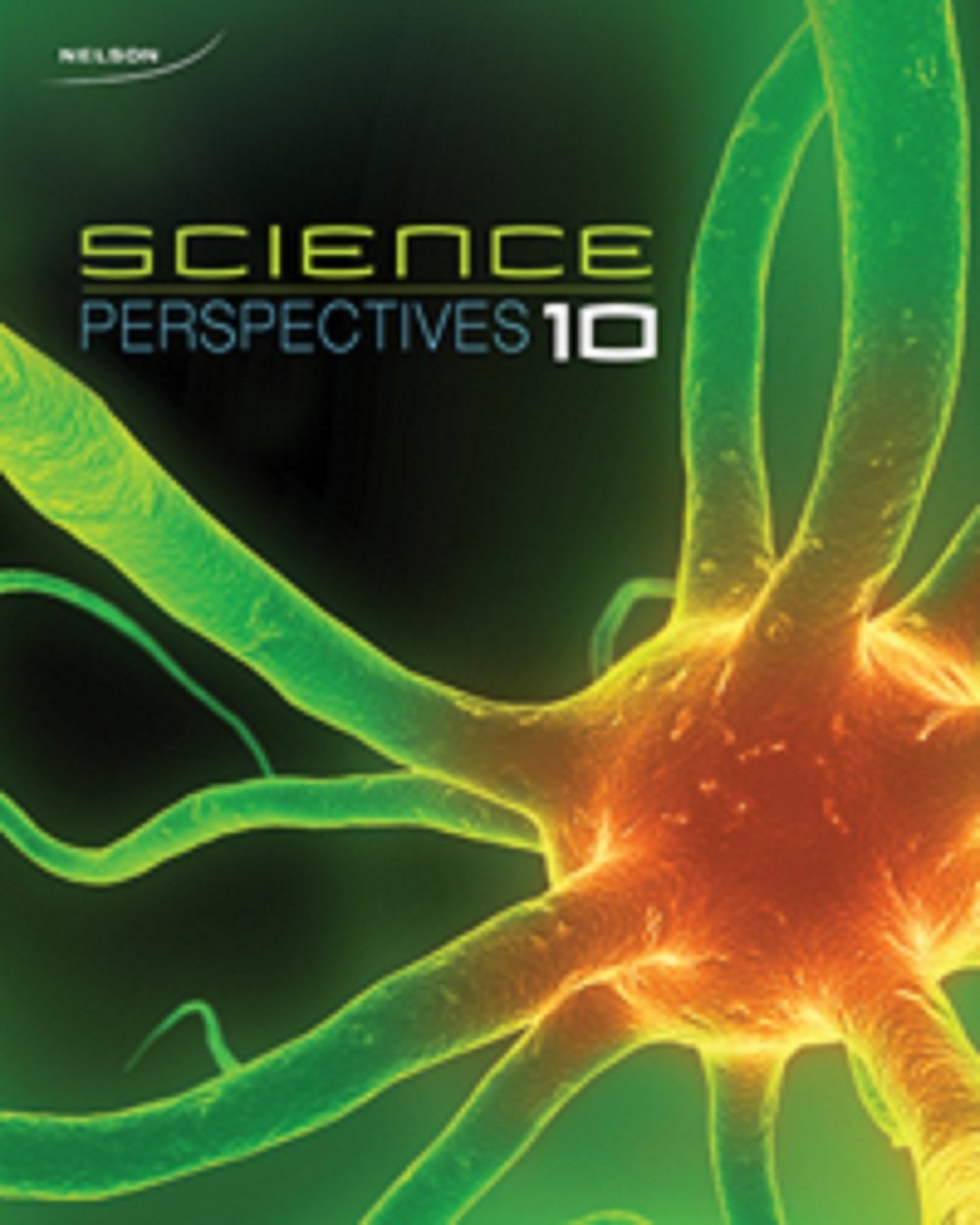
All Solutions
Section 6-1: Describing Chemical Reactions
Word equation:
$$
text{acetic acid + sodium hydrogen carbonate} longrightarrow text{sodium acetate + water + carbon dioxide}
$$
$$
text{aluminum metal + oxygen} longrightarrow text{aluminum oxide}
$$
Word equation:
$$
text{propane + oxygen} longrightarrow text{carbon dioxide + water}
$$
Word equation:
$$
text{carbon + oxygen} longrightarrow text{carbon dioxide + energy}
$$
$$
mathrm{C{(s)} + O_{2(g)} longrightarrow CO_{2(g)}}
$$
The dissipation or release of energy in this reaction implies that a chemical change has taken place.
All the carbon will combust with atmospheric oxygen to form carbon dioxide. This means that the charcoal present will become consumed to form colorless carbon dioxide gas.
The reactants in this reaction are silver nitrate and sodium chloride.
The products of this reaction are silver chloride and sodium nitrate.
Silver nitrate, sodium chloride and sodium nitrate dissolve in water.
The white solid is silver chloride. When these 2 solutions are mixed, an insoluble silver chloride is formed. This precipitates out of the solution as a white solid.
Both reactants are soluble in water.
The products of this reaction are zinc sulfate, hydrogen gas and energy.
Water is present in the reaction vessel along with the reactants. This is indicated by the state symbol of sulfuric acid (aq). This implies that H$_2$SO$_4$ is in aqueous form and this is only possible in the presence of water.
The progress of the reaction can be observed by:
1. evolution of a gas
2. the vessel will become hot because of the release of energy during this reaction.
The test tube will become warmer because of the release of energy during this reaction.
The completion of the reaction can be observed by:
1. evolution of a gas will stop
2. the temperature of the vessel will gradually decrease to room temperature.
The quantity of zinc metal will reduce as the reaction progresses. This is because it will react with sulfuric acid to form zinc sulfate and hydrogen gas.
In figure 1, a combustion reaction is shown. This releases energy and this evolution of energy indicates that a chemical change has taken place.
In figure 2, iron metal and sulfur are heated together. Energy is absorbed to yield a new product that is neither iron nor sulfur. This reaction absorbs energy and this indicates that a chemical change has taken place.
In figure 3, copper carbonate is heated to decompose it to copper oxide. Energy is absorbed to decompose this .This reaction absorbs energy and the composition of the product, indicates that a chemical change has taken place.
In figure 4, copper is displaced from its solution using zinc metal. The composition of the final products indicate that a chemical change has taken place.
Word equation:
$$
text{sugar}longrightarrowtext{carbon dioxide + water}
$$
The completion of the reaction can be seen when all of the white marshmallow has become black. This will mean that all sugar has decomposed to carbon.
Mass of the marshmallow will reduce as the reaction proceeds. This is because the water in the marshmallow will evaporate as vapors in the atmosphere as sugar decomposes.
Word equation:
$$
text{glucoes}longrightarrowtext{carbon dioxide + ethanol}
$$
The production of carbon dixoide is a chemical change. The bubbling of carbon dioxide through the dough body causing it to rise, is a physical change.
H_2O+CO_2 rightarrow H_2CO_3
$$
H_2O+CO_2 rightarrow H_2CO_3
$$

